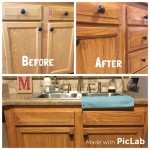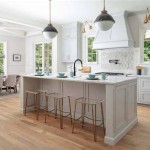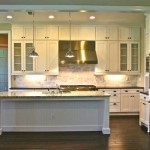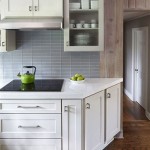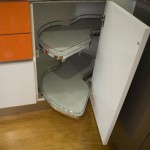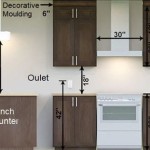Essential Aspects of Paint to Use for Painting Kitchen Cabinets
Choosing the right paint for your kitchen cabinets is crucial to ensure a successful and durable finish. Understanding the various aspects involved in selecting the appropriate paint will help you achieve the desired results and enhance the overall aesthetic of your kitchen.
This article will delve into the essential aspects to consider when choosing paint for kitchen cabinets, providing valuable insights into the types of paint, finishes, durability, and application techniques.
Types of Paint
When selecting paint for kitchen cabinets, consider the following types based on their composition and performance:
- Oil-Based Paint: Known for its durability and resistance to moisture and heat, ideal for high-traffic areas.
- Water-Based Paint: More user-friendly and environmentally friendly, with a shorter drying time, but less durable than oil-based.
- Chalk Paint: Provides a matte or distressed finish, ideal for creating an antique or vintage look.
- Acrylic Latex Paint: Versatile and widely used, offering a durable and easy-to-clean finish.
Finishes
The finish of the paint significantly impacts the appearance and usability of your kitchen cabinets:
- Gloss Finish: Reflective and shiny, highlighting the details and creating a sophisticated look.
- Semi-Gloss Finish: Provides a balance between gloss and sheen, offering a durable and easy-to-clean surface.
- Satin Finish: Smooth and velvety, providing a subtle sheen and hiding imperfections.
- Matte Finish: Non-reflective and velvety, concealing brushstrokes and creating a contemporary look.
Durability
Considering the high usage and exposure to moisture and heat in kitchens, durability is a crucial aspect:
- Abrasion Resistance: Resistance to scratches and wear, essential for areas with frequent contact.
- Moisture Resistance: Protection against moisture, humidity, and spills, preventing warping and damage.
- Heat Resistance: Withstands high temperatures near ovens and cooktops, maintaining the finish.
Application Techniques
Proper application techniques are essential for a flawless finish:
- Priming: Ensures adhesion and provides a smooth surface for the paint to adhere to.
- Brushing: Provides intricate detail and precision, but can leave brushstrokes.
- Rolling: Covers large areas quickly and evenly, resulting in a smoother finish.
- Spraying: Professional technique that achieves a uniform, professional-grade finish.
Conclusion
Selecting the right paint for kitchen cabinets requires consideration of the essential aspects discussed above, including types, finishes, durability, and application techniques. By understanding these factors, you can choose the optimal paint to enhance the beauty, functionality, and longevity of your kitchen cabinets.

How To Paint Kitchen Cabinets Like The Pros

Step By How To Paint Your Kitchen Cabinets

How To Paint Kitchen Cabinets Like The Pros

How To Paint Kitchen Cabinets A Step By Guide Confessions Of Serial Do It Yourselfer

Paint Your Cabinets With The Right Brush Diy Painting Cabinet Doors N More

How To Paint Kitchen Cabinets Best Color Ideas Cost

Avoid These Mistakes How To Paint Cabinets That Are Already Painted Grace In My Space

How To Paint Laminate Kitchen Cabinets Perfect Finish Tips

38 Popular Colors To Paint Kitchen Cabinets Amber Oliver

How To Paint Pressed Wood Kitchen Cabinets Choice Cabinet
Related Posts

